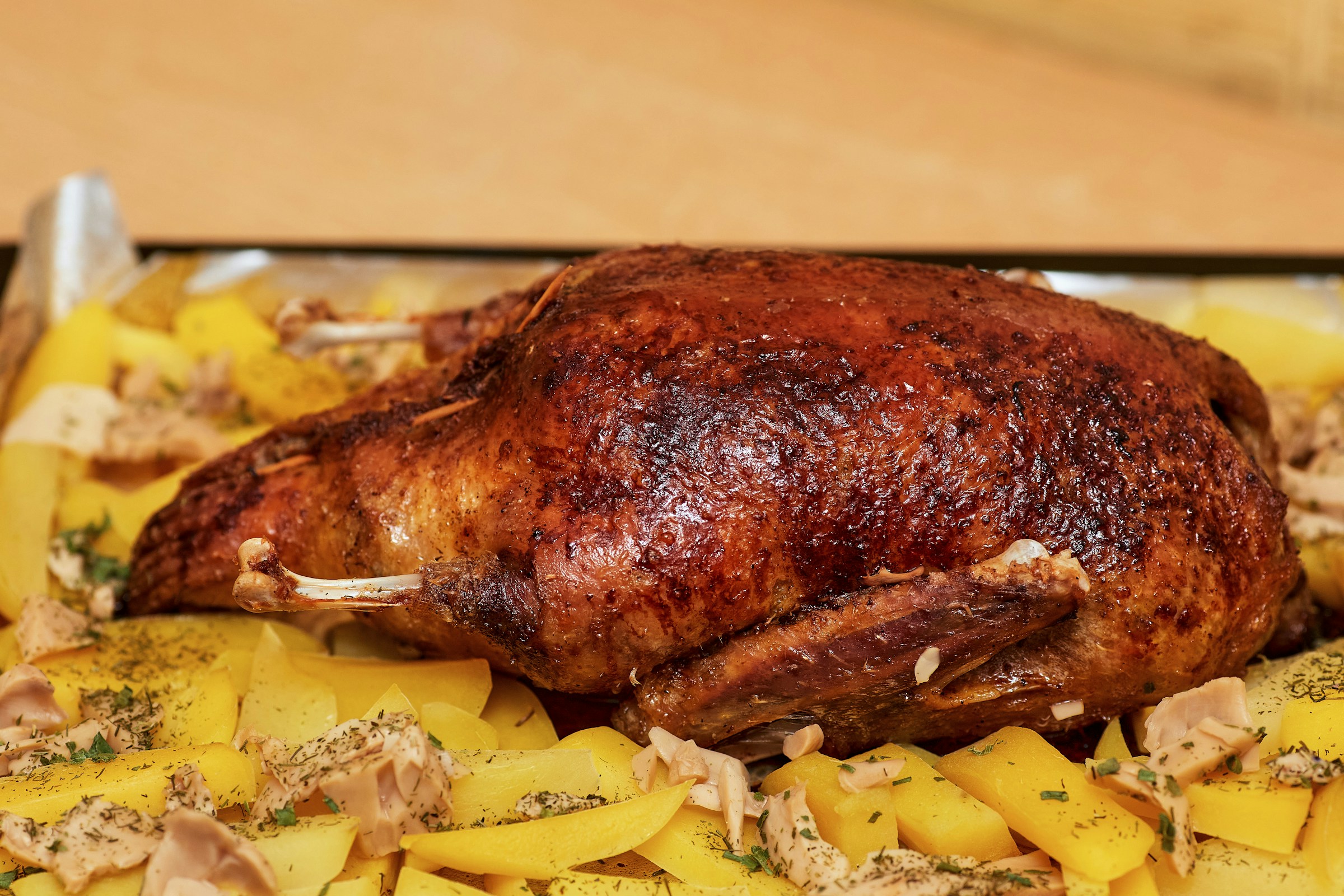What’s the Best Way to Make a Luxurious Duck Confit with Crispy Skin?

Duck Confit, a luxurious staple in French cuisine, is a dish steeped in tradition. While its name might sound fancy, confit is actually a method of preservation, which involves slow cooking the meat in its own fat. The result is a seemingly decadent and flavorful dish that, once prepared, can be enjoyed for weeks to come. Today, we’ll guide you through the process of making your own duck confit at home, detailing steps to ensure that the meat is tender, the skin is crispy, and the flavor is divine.
Decoding the Confit Technique
Before we dive into the recipe, let’s take a moment to understand the confit method. Originating in the Gascony region of France, confit is a traditional way of preserving meats, especially duck. The technique involves slow-cooking the meat in its own fat until it becomes richly flavored, tender, and incredibly juicy. This process is often associated with a long cooking time, but patience is rewarded with a dish that is a true taste sensation.
Cela peut vous intéresser : Can You Create a Flavor-Packed Chorizo and Lentil Stew with a Spicy Kick?
Using the confit method for cooking duck legs ensures that every ounce of flavour is extracted from the meat and skin. The slow cooking process allows for the release of the proteins in the muscle fibers, resulting in a tender, fall-off-the-bone delicacy. The skin, on the other hand, will be beautifully caramelized and crisp, providing a textural contrast to the rich, soft meat beneath.
Selecting and Preparing Your Duck
The first step in making your luxurious duck confit is the selection of your meat. Ideally, you will want to use duck legs, which are the perfect size for individual servings and have a great meat-to-fat ratio. Look for duck legs that are plump and have a good amount of skin coverage – this skin will tighten during cooking to create a perfect crispy exterior.
Dans le meme genre : How to Perfect a Smoked Haddock Chowder with Fresh Corn and Potatoes?
Once you’ve selected your duck legs, the next step is to prepare them for the confit process. This involves a preliminary seasoning of salt, which helps to draw out any excess moisture from the meat, enhancing the flavor and ensuring that the skin crisps up effectively during cooking. Generously coat your duck legs in salt and allow them to rest, refrigerated, for a period of 24 hours. This process, known as curing, is fundamental to the confit method and will pay dividends in delivering a duck confit with a deep, robust flavor.
The Cooking Process
The most iconic aspect of making duck confit is the time spent cooking the meat in fat. This process should be slow and low, allowing the meat to gently cook, marinating in its own juices. Typically, your duck legs will need around 2 to 3 hours in an oven set to a low temperature of 150°C (300°F). The duck legs should be completely submerged in fat, preferably duck or goose fat, in a deep roasting pan.
During this cooking time, the fat will slowly penetrate the meat, making it incredibly tender. After the cooking time is complete, you should be able to easily pull the meat from the bone, while the skin should have a golden, crispy texture.
Serving Your Duck Confit
Once your duck confit is cooked, it can be served immediately or stored for later use. If you choose to store your confit, simply leave the legs to cool in the fat before transferring them into a storage container. The duck can then be stored in the refrigerator for several weeks, with the fat acting as a natural preservative.
When you are ready to serve your duck confit, it can be quickly reheated in a pan or under a broiler. This quick burst of heat will ensure the skin becomes beautifully crispy and the meat is warmed through. Pair your duck confit with some roasted potatoes or a fresh green salad for a sumptuous meal that is sure to impress.
In conclusion, making a luxurious duck confit with crispy skin involves a bit of time and patience, but the result is a dish that is rich, flavorful, and truly satisfying. Whether you’re cooking for a special occasion or simply want to try your hand at a classic French technique, remember: good things come to those who wait. This is particularly true for duck confit, a dish that embodies the very essence of slow food and the beauty of taking time to cook with love and care. Now that you have the knowledge and the method, all that’s left is to start cooking. Enjoy the process and, most importantly, enjoy your delicious duck confit with crispy skin.
Storing and Serving Your Duck Confit
Once your confit duck is fully cooked, the options are open-ended: you can either serve it immediately or store it for later. If you wish to save your confit for another day, allow the duck legs to cool in the fat first. Once cooled, carefully transfer the legs – now richly flavored and tender – into a storage container. Cover the legs completely with the remaining rendered fat. The fat not only infuses additional flavor into the legs, but it also acts as a natural preservative, extending the shelf life of your duck confit.
When storing, refrigerate your duck confit. The chilled temperature aids in preservation and solidifies the fat, creating a protective layer around the meat. With proper storage, your confit can be kept in the refrigerator for several weeks.
When you’re ready to feast on your confit, reheat the duck legs in a pan or broil them for a few minutes. Remember, the key is to get that crisp skin while keeping the meat succulent and warm. You can serve the confit as a stand-alone dish or pair it with sides like roasted potatoes or a fresh green salad. The beauty of duck confit is its versatility, fitting seamlessly into a casual dinner or a fancy party.
Conclusion: The Art of Duck Confit
In summary, creating a delectable duck confit with crispy skin involves a blend of patience, tradition, and the right technique. From the careful selection of plump duck legs, the curing process, through to slow cooking in its own fat – every step contributes to the final gastronomic experience. Remember, the secret to a luxuriously tender confit duck is in slow and steady cooking, allowing the flavors to meld and the skin to crisp up perfectly.
When it comes to duck confit, the adage "good things come to those who wait" rings true. It’s a testament to the slow food movement, celebrating the joy of slowing down to create something truly special. With this guide, you have every tool necessary to create a heavenly dish that sings with flavor and tradition.
So why wait? Embrace the art of confit, and let your kitchen be filled with the aroma of slow-cooked, luxurious duck confit. Enjoy the process, and even more so, enjoy the final product – your very own, home-cooked, crispy skin duck confit. Whether you’re a novice cook trying a new recipe or a seasoned chef, the satisfaction of creating this classic French dish is a reward in itself. Bon appétit!
